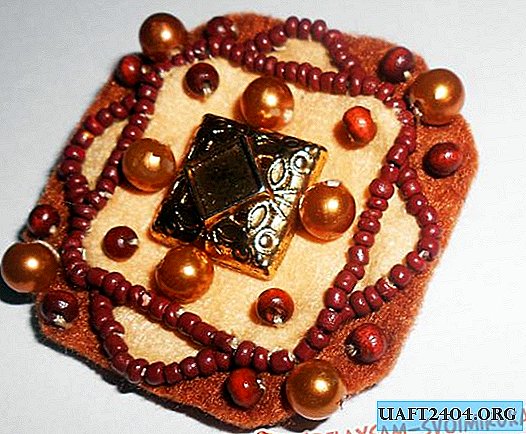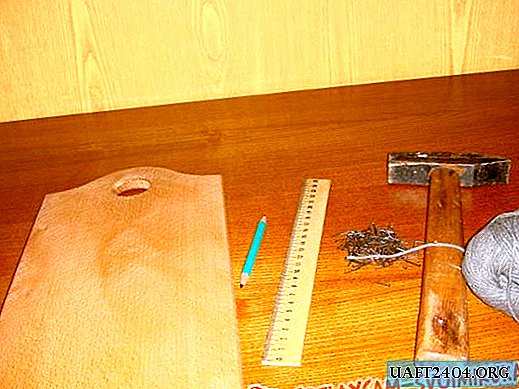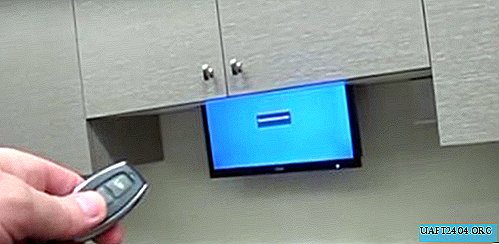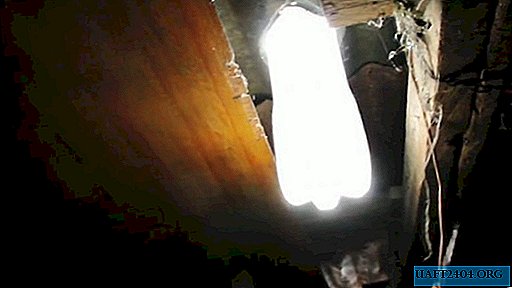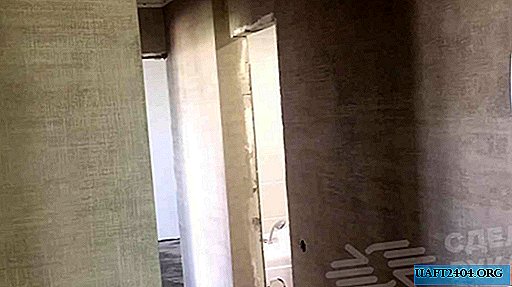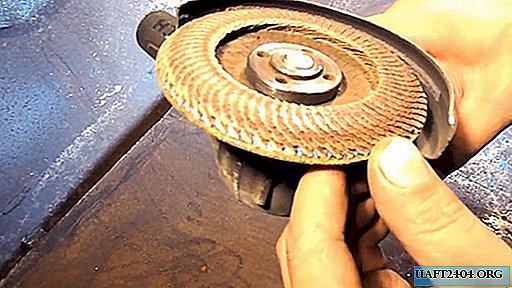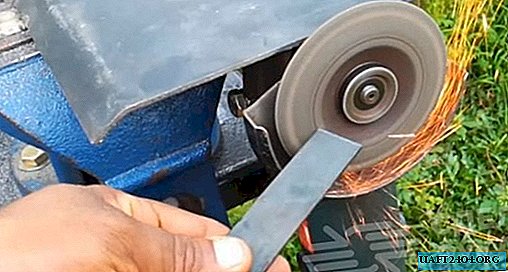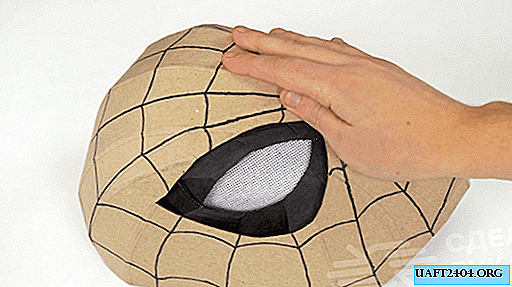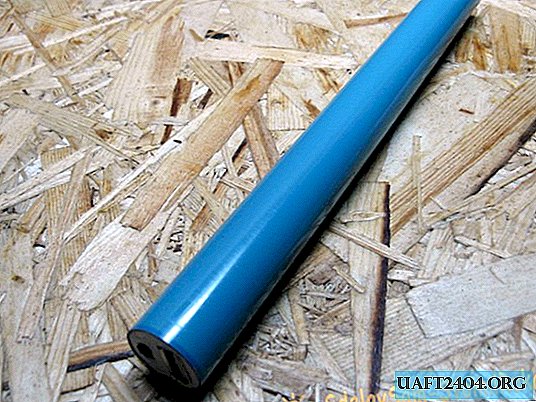Share
Pin
Tweet
Send
Share
Send
It can be used in various devices for sound alerts. For example, an alarm, sound duplication of the cornering signal in a car or bicycle, a low battery signal, and so on. Of course, you can take a ready-made beeper, for example, from an old Chinese alarm clock, music card or other devices, but I decided to make it myself. So it’s more interesting.
Another goal of the assembly is the popularization of youth enthusiasm for radio electronics. If this site can captivate at least a few people with such an interesting and good thing, then its task can be considered completed.
I took a simple, but tested scheme. I don’t remember where I got it from.
Piezo sound emitter circuit
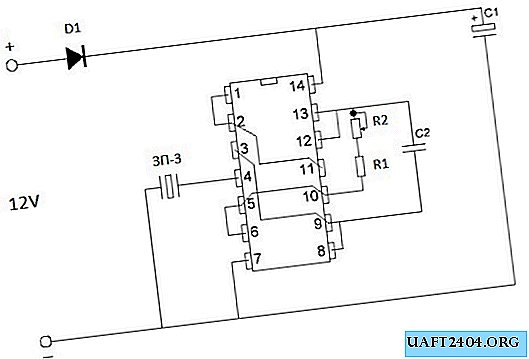
Parts for assembling an audio signal circuit
Parts for the circuit can be used in a very wide range.
For example, La7 microcircuits from the K176, K164, K564, K561 or K561LE5 series or imported analogues. In order not to solder and solder the microcircuit, it is best to take a special contact pad and solder it into the circuit (it costs a penny), and replacing the microcircuit will take seconds, moreover, during soldering there is no risk that the microcircuit will be overheated or damage it by static electricity. In addition, you can easily test different brands of chips for performance.
Capacitor C1polar for a voltage of at least 15 volts, and a capacity of 47 to 500 microfarads. If you want the buzzer to shut off immediately after turning off the power, then this capacitor must be turned off, otherwise after turning off the power, the sound continues until the capacitor is discharged.
Ceramic capacitor C2 from 0.1 to 0.47 microfarads. They are indicated by numbers on the cover - 104, 154, 224, 474.
Resistor R1 from 5 to 50 kilo Ohms. Any power, but less is better. So that the dimensions were not large.
Potentiometer R2 68 to 500 kilo ohms. The power is also smaller.
You can use any diode in any way you like. It is used to protect the chip from improper power connections. You can do without it at all.

Sound emitter ZP-3 or any similar.

How to connect ZP-3? If the ZP-3 sound emitter is new, then you need to solder the wires to it, as in the photo. Solder easily if using flux. Solder one wire to the membrane. Solder the second wire to either of the two terminals.
The supply voltage of the circuit is 12 volts. It can be a battery, a rectifier, or any other DC source.
The tone of the sound of the device depends on the values of the circuit elements, so you can experiment by changing capacitors and resistors, achieving a sound that you like.
In order not to make a printed circuit board, it is best to take and use a breadboard, it turns out much easier and faster.



We place the parts denser on the breadboard, solder it, check it again and try the sound by connecting it to a power source.

With proper assembly and serviceable details, the circuit starts working immediately and does not need to be configured. If you don’t like the tone, then adjust the potentiometer to your taste.
The signaling device is assembled.

Watch the tests of the assembled buzzer in the video
Share
Pin
Tweet
Send
Share
Send

